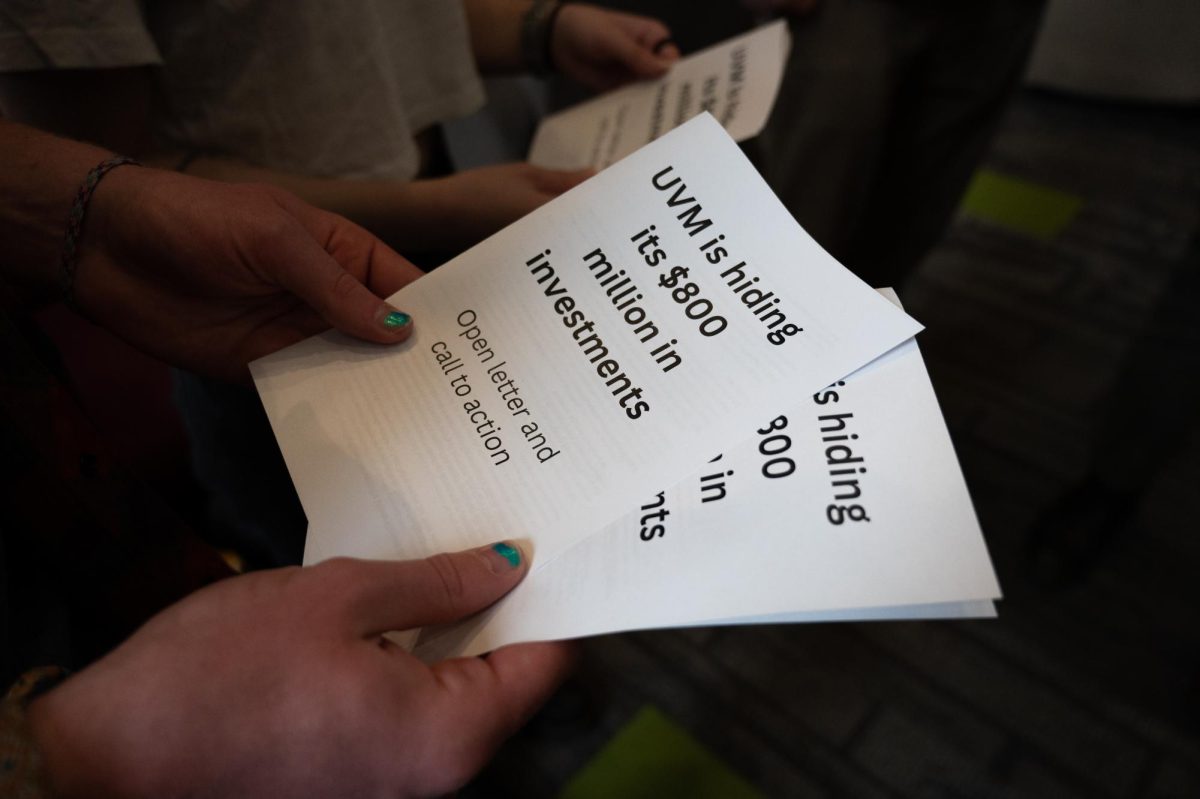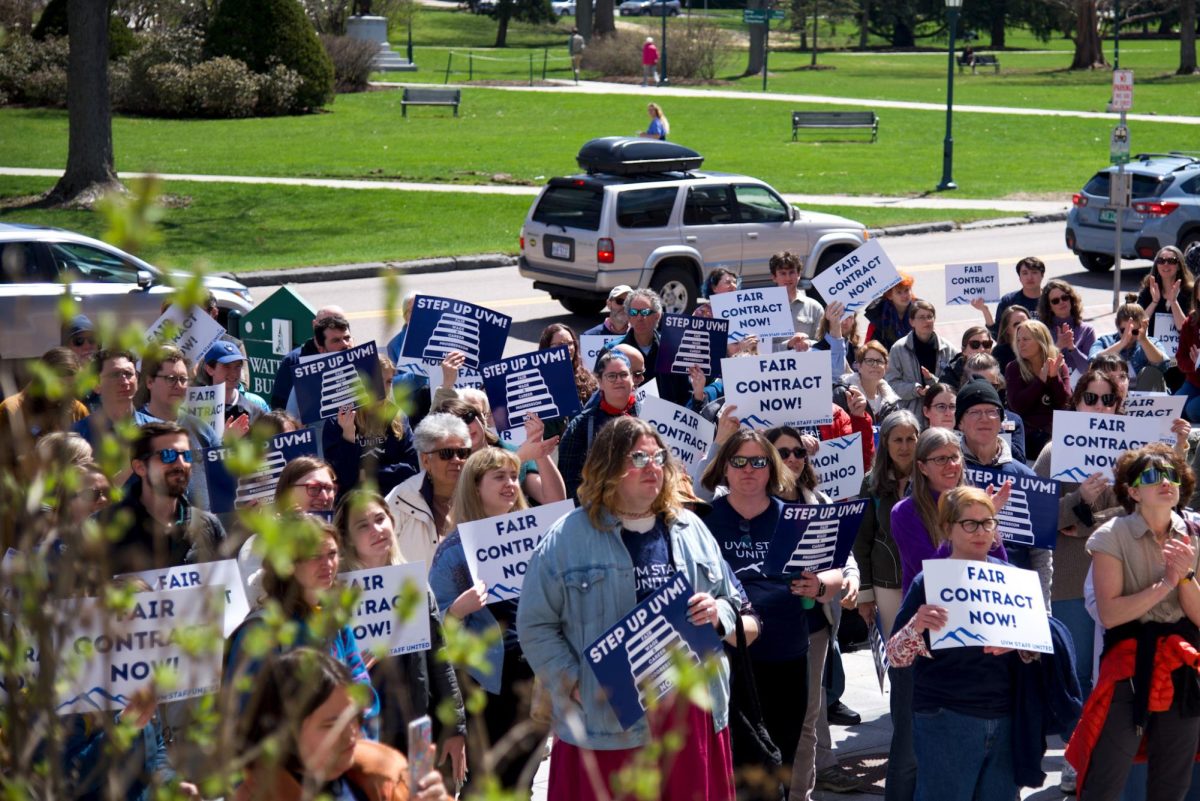The UVM campus has seen many changes in recent years, and the phasing out of parking by the implementation of a pedestrian-focused campus is another modification that will be executed in the coming years, according to the Cam?pus Master Plan Web site. Director of Parking and Transportation Katherine “Deac” Decarreau said, “the plan is designed to create more green space, more walkable space and more space where people can talk without the background noise of cars.” “There’s no real specific plan that says by such and such a date there will be no parking on-campus,” Decarreau said. “It’s less about removing parking and more about placing it in areas that are less obtrusive to central parts of campus, so the experience of being on-campus is one of green grass, trees, buildings and not one of traffic and parking,” she said. The Campus Master Plan Web site states that this goal will be accomplished by multi-modal pathway networks to reinforce the north-south circulation of the campus, as well as design enhancements and services for pedestrian and bicycle travel. Additionally, the Web site states that there will be further improvements to the campus shuttle system and a relocation of the majority of parking to peripheral lots on the perimeter of campus. Decarreau added that “it’s really more about moving parking towards the outer ends of campus and not getting rid of it. “There isn’t a sense that there won’t be any parking but a sense that over time, meaning 10 to 15 years or longer, [we will] move more and more parking to the outside of campus,” she said. There is also the potential for an “occasional driving program” where people can buy parking by the day, and potentially by next fall there will be a car-sharing program in cooperation with the city in which people can rent cars by the hour, similar to the national Flexcar system, Decarreau said. Decarreau said that as UVM continues to expand, the parking that is displaced by construction will not be replaced and she cites the example of the construction of a storm water pond that removed several parking spaces on Redstone campus. The University is being careful with residential parking while at the same time creating incentives for students not to bring cars through things such as free unlimited access to the regional transit system, the CCTA, Deac said. The university recognizes that “you can’t just eliminate parking and push it out to the city. It’s [the Campus Master Plan] really looking at making people not need their cars and managing the parking otherwise,” Decarreau said. Decarreau said that the new ways of planning and implementing parking on cam?pus should not have much of an impact of students, however faculty and staff will most likely experience a change because the lots that are typically being lost are designated for faculty and staff. Not only is parking an issue on campus but transportation all over Burlington has seen enormous changes; therefore parking and transportation must be talked about as a system, Decarreau said. “You can’t just talk about parking because it generates traffic. We have intersections that fail, meaning it takes more than two changes of lights for people to get through … and from a climate change perspective, [that means] you’re idling,” said Decarreau. “If we can look at parking so we intercept people before they get to those interchanges that fail them, we are actually keeping traffic moving. And when we keep traffic moving, we are preventing a lot of greenhouse emissions,” said Decarreau. The goals that UVM has for its parking and transportation are admirable from an environmental and aesthetic perspective, but two major plans appear to be in conflict with each other: increasing the size of the student and faculty body and also decreasing the space that they can transport themselves, Decarreau said. It appears that UVM’s efforts to change the way of thinking is working, with the percentage of students buying parking permits dropping from 36 percent to 23 percent in recent years, Decarreau said. “I think we’re going to drive down demand. The [mindset of having] many more people and many more cars to park may not be the right set of assumptions. There is a lot more we can do to lower the number of cars even though the population is rising.” One other way to do so is by encouraging students and faculty to bike or walk to campus, according to the Davis Center Web site. “We actually have ample parking on-campus for cars, but [spaces for] bikes are really hurting. And that’s a really good shift in the problem. We are finding people are getting out of their cars, students in particular,” Decarreau said. “Ultimately, we are not trying to make life more difficult, we are trying to find a balance between what people have to do and the environment we want people to experience when they’re on campus.”












